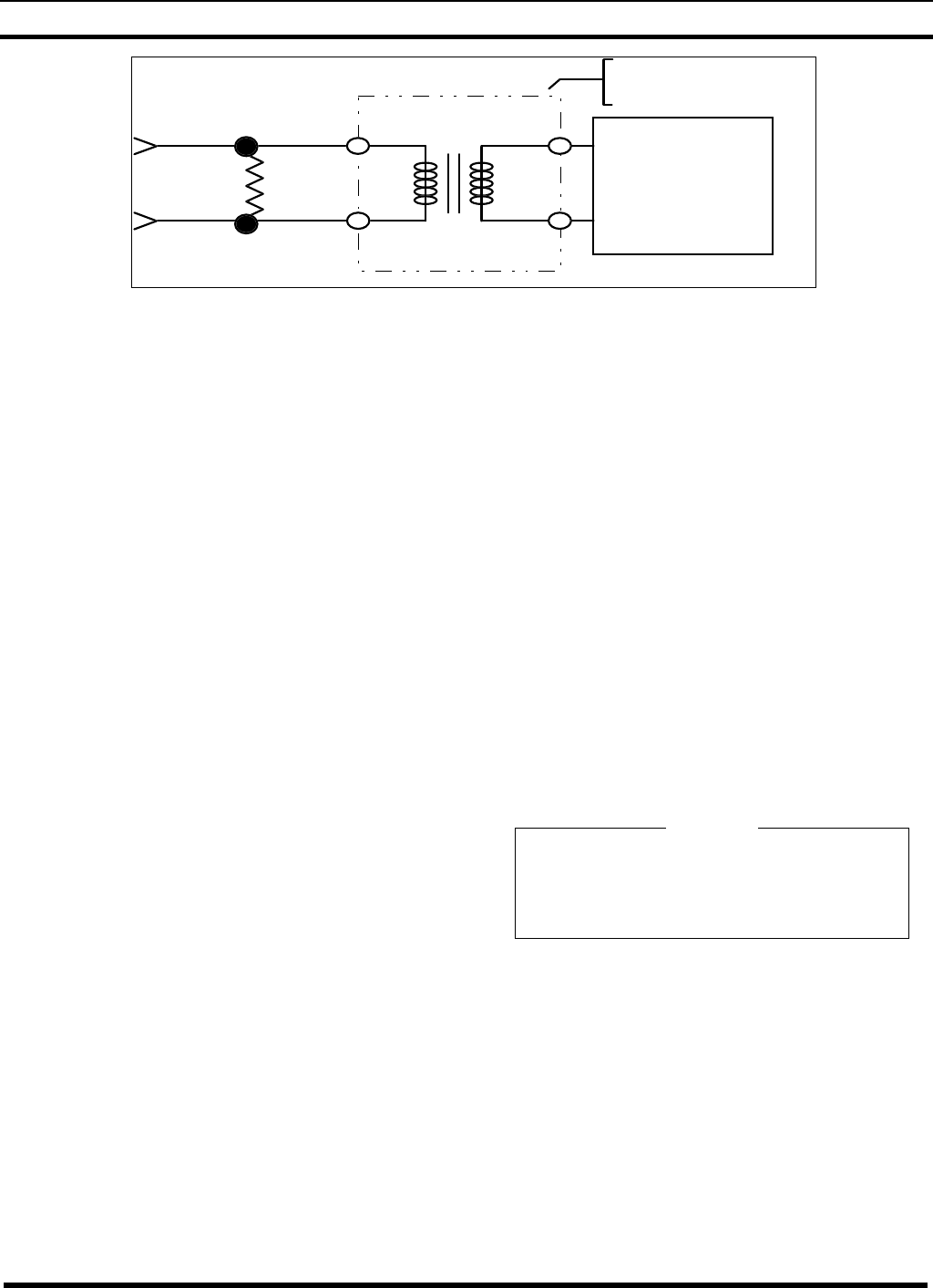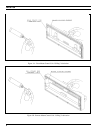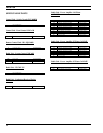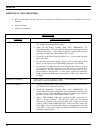
LBI-39175
A
13
SQUELCH ADJUSTMENT
Squelch threshold has been set at the factory to 8 dB
SINAD. Adjustment of the threshold requires changing
the Tracking Data. To change the Squelch Tracking Data,
follow the iterative procedure set forth in the
"TRACKING DATA" section, except let the desired
squelch threshold level replace the 8 +1, -0 dB SINAD
level set at the factory. BE SURE TO CHANGE THE
TRACKING DATA FOR ALL FREQUENCIES GIVEN
IN TABLES 2 AND 3. Otherwise the level will not be
consistent across the frequency band.
TROUBLESHOOTING GUIDE
INTRODUCTION
This radio is designed to be serviced by replacement
of modules and/or circuit boards. As such, there are very
few serviceable component parts contained on any of the
circuit boards within the radio. Normally, defective
boards should be replaced, and returned to an Authorized
Service Center. A list of serviceable parts is given in the
next section.
MICROPHONICS
Synthesized radios tend to be sensitive to shock and
vibration, creating microphonics. The construction of the
ORION radio with its die-cast aluminum frame, cast
shield, and multiple board-mounting screws, provides a
high degree of immunity. When removing printed circuit
boards or shields, note the location of all mounting
hardware.
When servicing the radio be sure that no solder build-
up has occurred on the chassis or shield.
To assure a high degree of resistance to microphonics
be sure to replace exactly, all hardware removed. Be sure
that all mounting screws are properly torqued and shields
are in place. Refer to the Mechanical Layout Diagram
found in LBI-38909.
Loose or rubbing parts, especially in the VCO
area, are particularly sensitive and can cause
microphonics. Again, be certain all hardware is
properly installed and torqued.
NOTE
4-OHM
LOAD
1 : 1
DISTORTION
ANALYZER
OR
AC VOLTMETER
ISOLATION
TRANSFORMER
Not required if instrument
input is balanced with respect
to ground.
Figure 4 - Audio Isolation Transformer


















